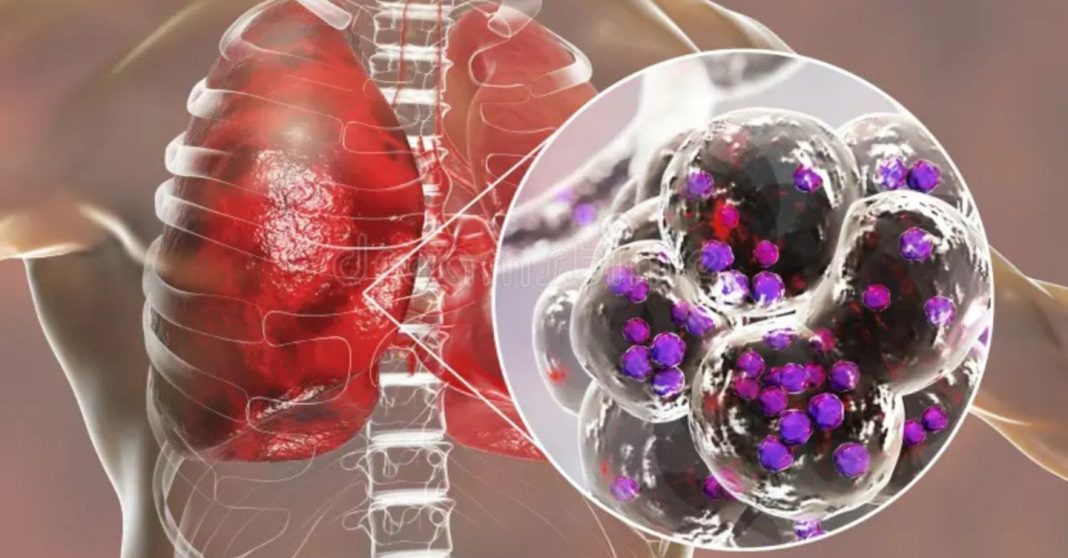Legionnaires Disease is a serious lung infection that every individual should be aware of. Although not very common, it can be life-threatening if not treated on time. This blog will explain in detail what Legionnaires’ Disease is, how it spreads, its symptoms, risk factors, treatment, and most importantly, how it can be prevented.
What is Legionnaires Disease?
Legionnaires’ Disease is a type of pneumonia (lung infection) caused by bacteria called Legionella pneumophila. It was first identified in 1976 when many people became sick after attending an American Legion convention in Philadelphia. This is why it was named “Legionnaires Disease.”
Unlike the common cold or flu, Legionnaires Disease does not spread directly from person to person. Instead, people get sick when they breathe in water droplets (aerosols) that carry the bacteria.
How Does Legionnaires Disease Spread?
The spread of Legionnaires Disease happens through water systems where the bacteria multiply. These bacteria are naturally found in lakes, rivers, and ponds, but they become dangerous in man-made environments such as:
- Air-conditioning cooling towers
- Hot water tanks and heaters
- Showers, taps, and bathtubs
- Decorative fountains and spas
- Large plumbing systems
- Swimming pools with poor maintenance
When people breathe in mist or steam from these contaminated systems, they can inhale the bacteria and develop Legionnaires’ Disease
Who Can Get Legionnaires Disease?
While anyone can get Legionnaires Disease, certain groups are at higher risk. These include:
- Adults over 50 years of age
- Current or former smokers
- People with chronic lung diseases like asthma or COPD
- Those with weakened immune systems due to illnesses such as diabetes, kidney disease, or cancer
- Patients taking medications that lower immunity (for example, after organ transplants)
Children and healthy young people rarely get Legionnaires’ Disease, but it is not impossible.
Symptoms of Legionnaires Disease
The symptoms of Legionnaires Disease usually start 2 to 10 days after exposure. They are often mistaken for flu or common pneumonia, which is why early detection is important.
Common symptoms include:
- High fever with chills
- Persistent cough, sometimes with mucus or blood
- Shortness of breath and chest pain
- Headache and body aches
- Fatigue and weakness
- Nausea, vomiting, or diarrhea in some patients
- Confusion in severe cases
If not treated early, Legionnaires’ Disease can cause severe lung damage and may even lead to death.
How is Legionnaires Disease Diagnosed?
To confirm Legionnaires Disease, doctors use different tests, such as:
- Urine Test: Detects Legionella bacteria proteins in the urine.
- Sputum Test: Checks mucus from the lungs for the bacteria.
- Blood Tests: Measures infection levels in the body.
- Chest X-ray or CT Scan: Shows the condition of the lungs.
Quick diagnosis ensures quick treatment, which can save lives.
Treatment for Legionnaires Disease
Treatment of Legionnaires Disease involves strong antibiotics, as the infection cannot go away on its own. The commonly used antibiotics are:
- Azithromycin
- Levofloxacin
- Ciprofloxacin
Most patients need hospital care. Oxygen therapy may be given to patients with severe breathing problems. With timely treatment, most people recover, but the recovery process can take several weeks.
Prevention of Legionnaires Disease
Preventing Legionnaires Disease is better than treating it. Since the bacteria grow in water systems, proper maintenance is the key.
Preventive Measures for Buildings
- Regular cleaning and disinfection of cooling towers, air conditioners, and water tanks.
- Monitoring and controlling water temperature to prevent bacterial growth.
- Using disinfectants like chlorine in swimming pools and fountains.
Personal Preventive Measures
- Avoid smoking to keep the lungs strong and healthy.
- Maintain good general health to strengthen immunity.
- Report poorly maintained water systems in hotels, hospitals, or public buildings.
Legionnaires Disease vs Pontiac Fever
The same bacteria that cause Legionnaires’ Disease can also cause a mild illness called Pontiac Fever.
- Legionnaires’ Disease: Severe pneumonia needing hospital care and antibiotics.
- Pontiac Fever: Flu-like symptoms that recover on their own in 2–5 days without antibiotics.
Global Importance of Legionnaires Disease
Even though Legionnaires’ Disease is not very common, outbreaks have occurred worldwide in hotels, hospitals, and public buildings. Awareness about this disease is very important because:
- Early treatment can save lives.
- Preventive steps can stop outbreaks.
- Vulnerable groups like elderly people can be protected.
Conclusion
Legionnaires’ Disease is a serious but preventable lung infection. Caused by Legionella bacteria, it spreads through contaminated water systems and mostly affects older adults and people with weak immune systems. Recognizing the symptoms early, getting timely treatment, and maintaining clean water systems are the best ways to fight this illness.
By spreading awareness and taking preventive measures, we can protect ourselves and others from Legionnaires’ Disease and ensure a healthier and safer community.



